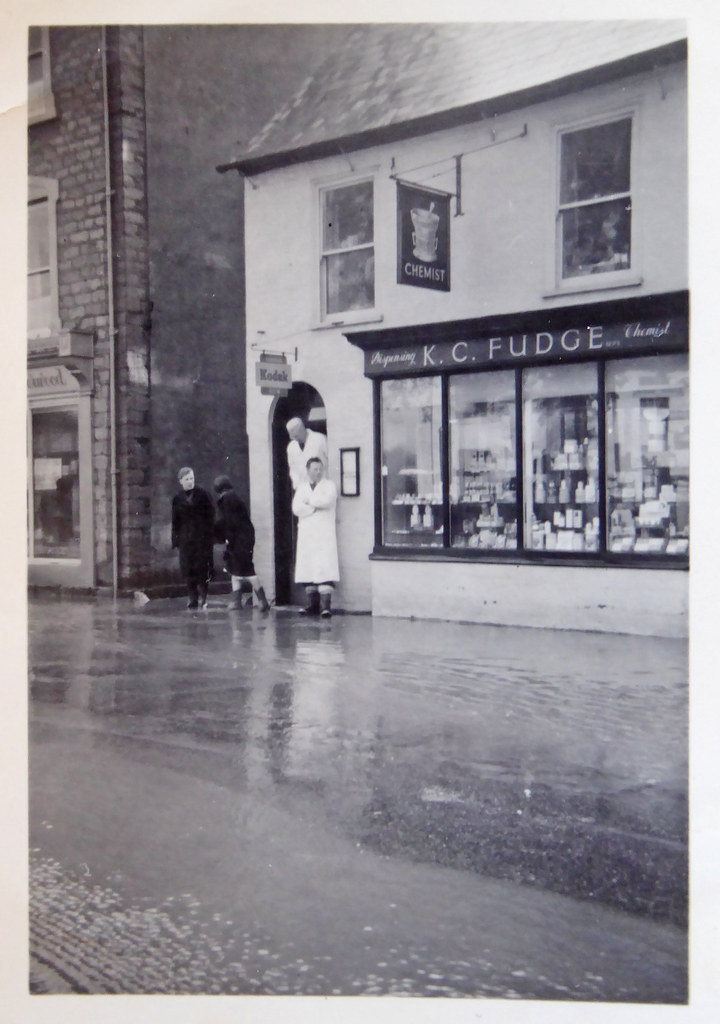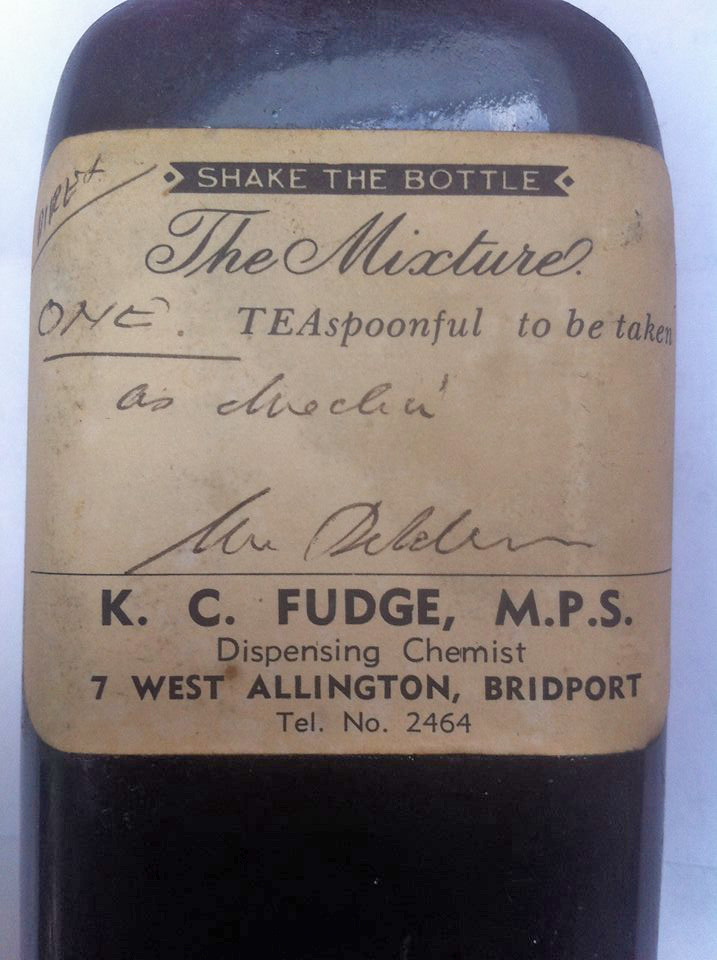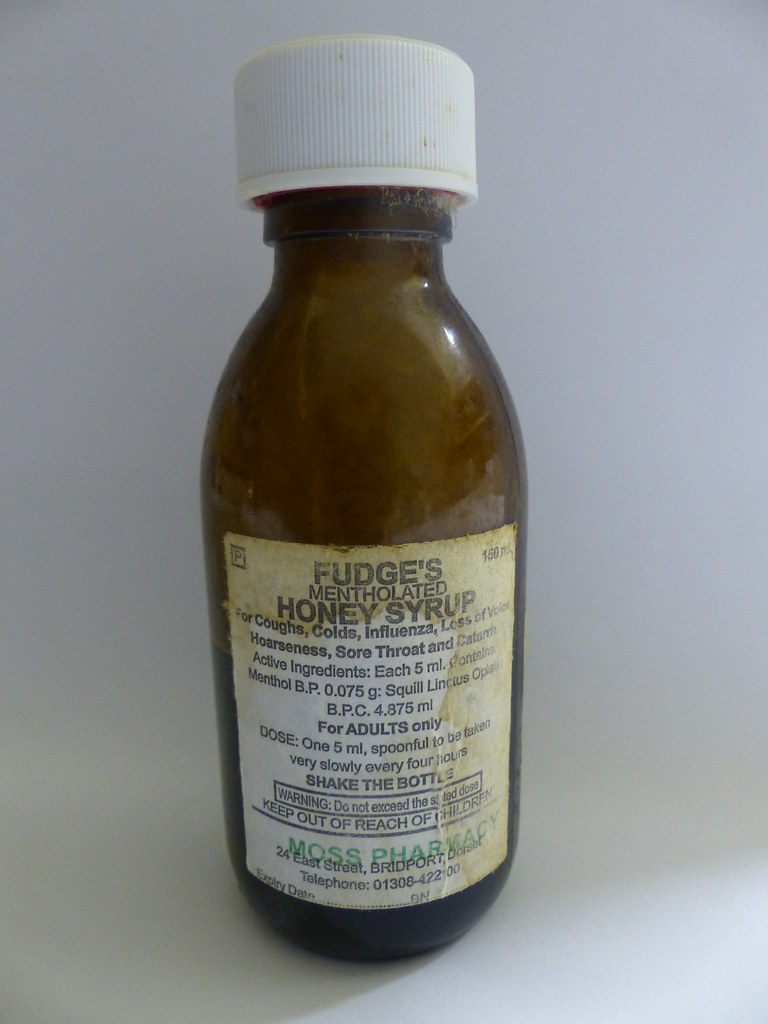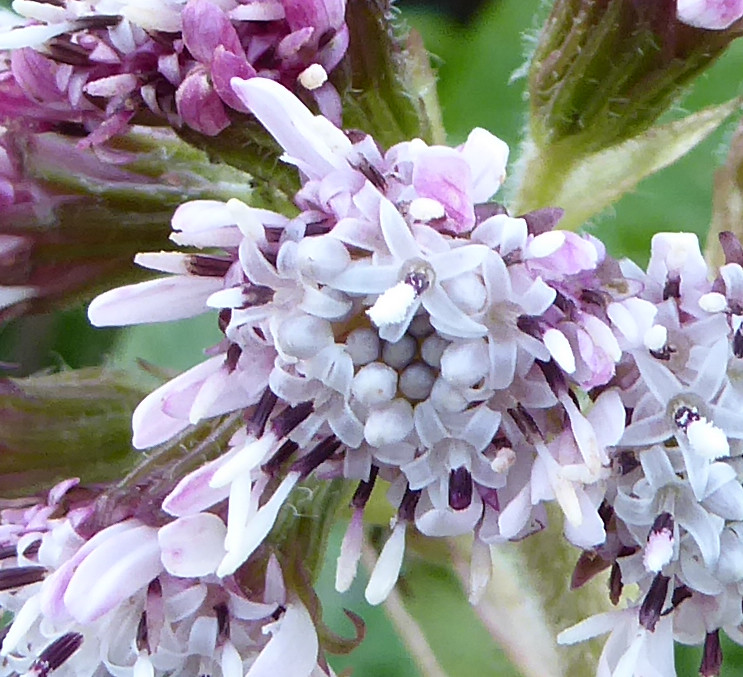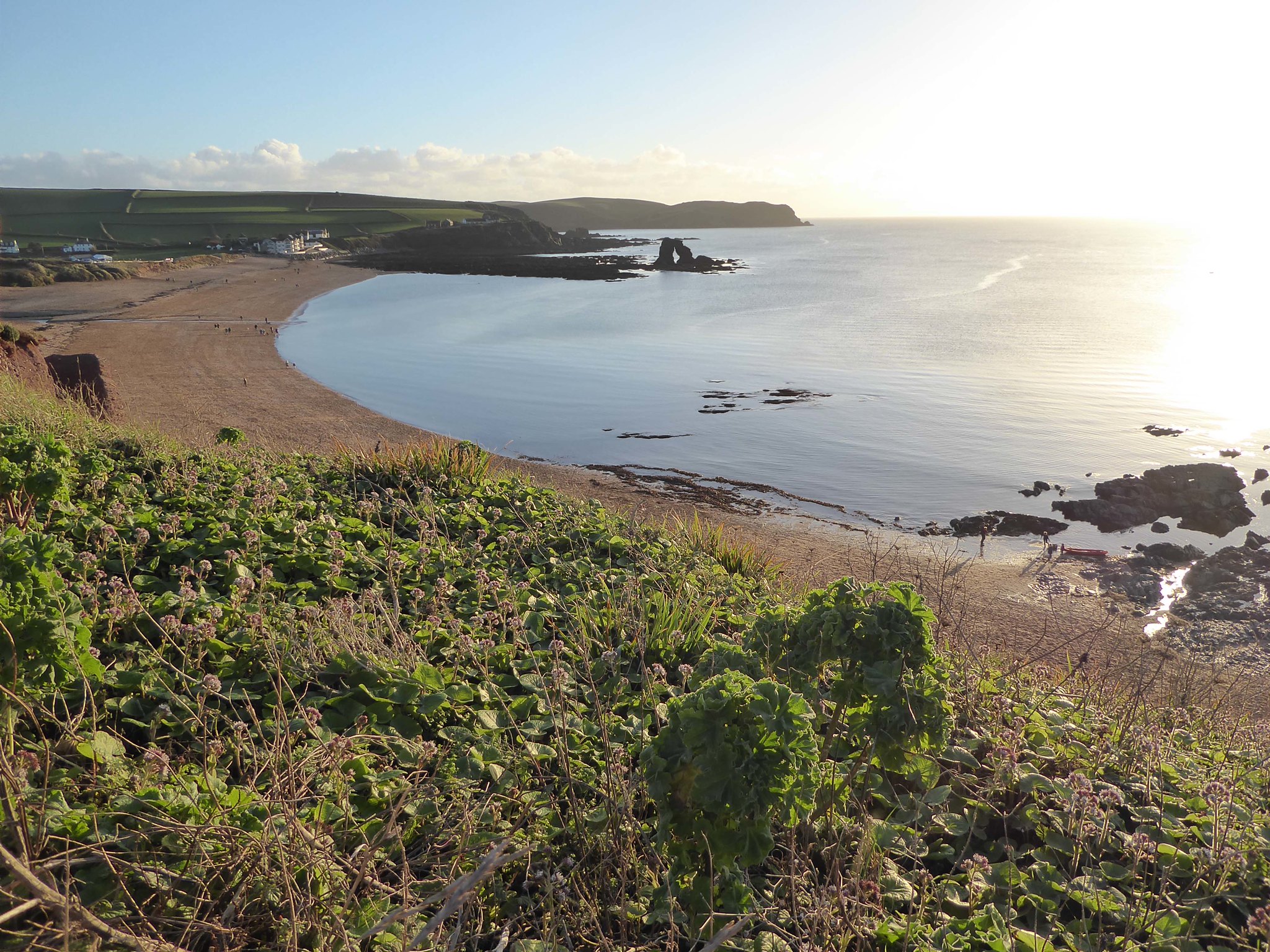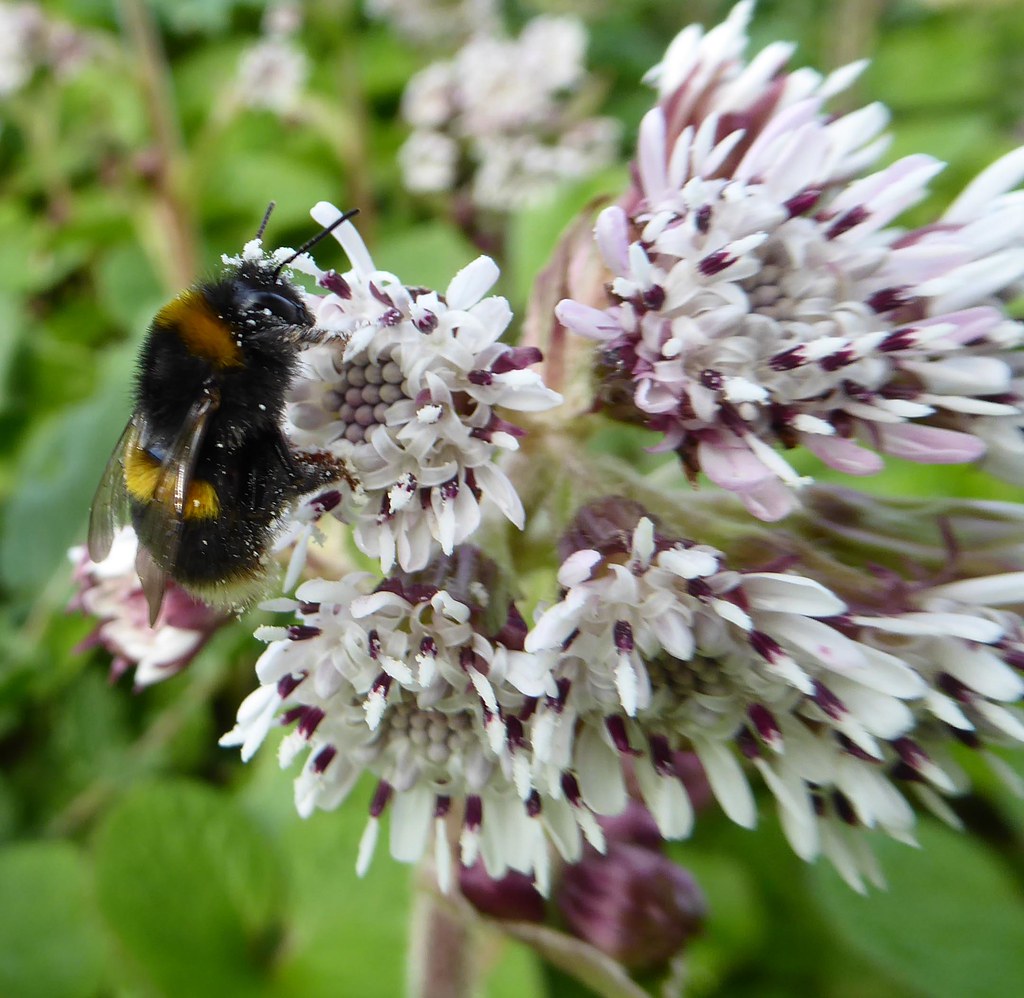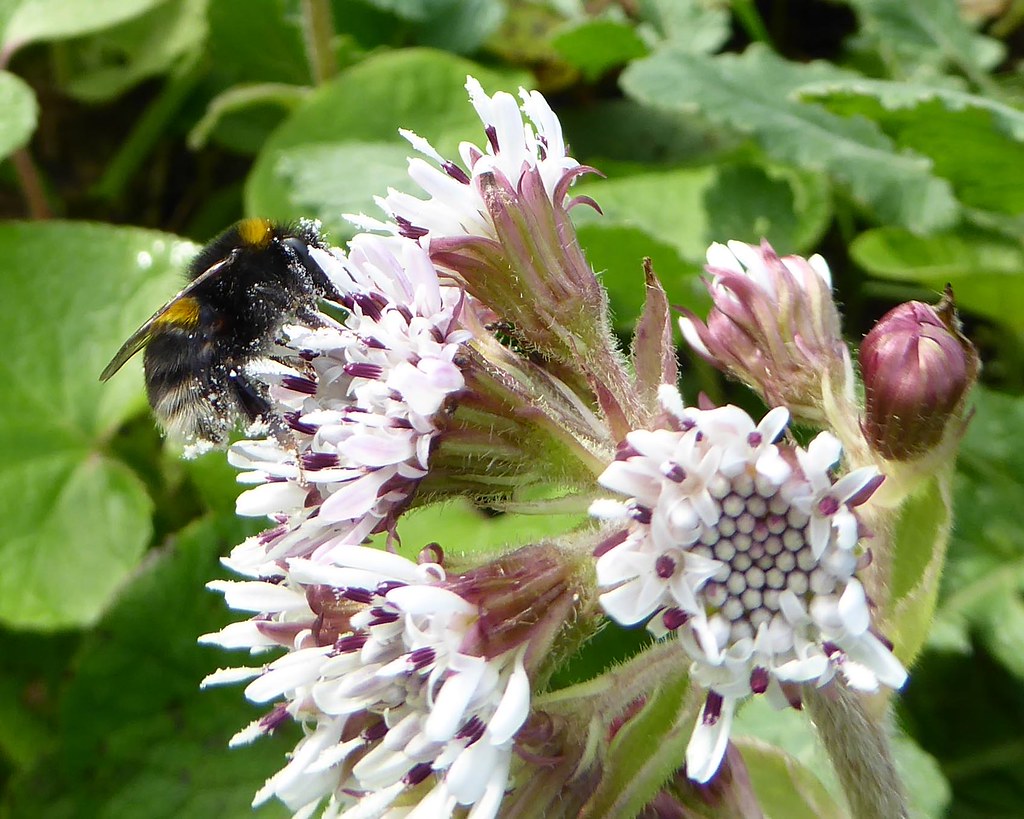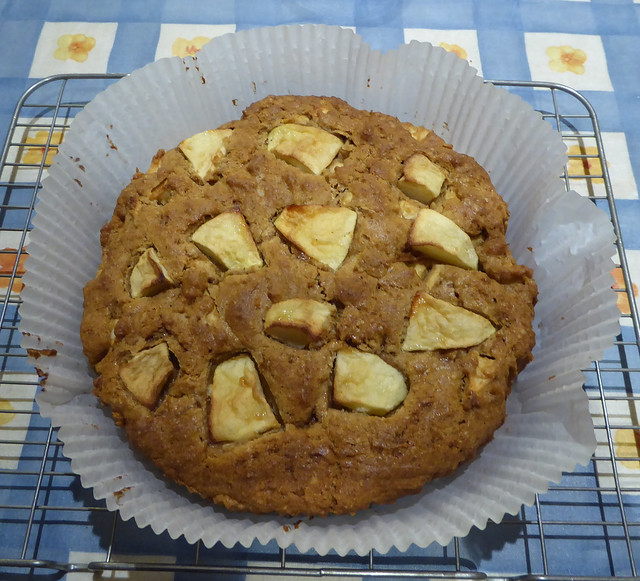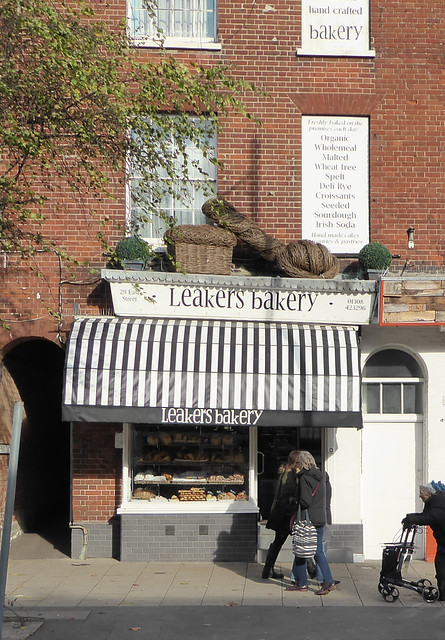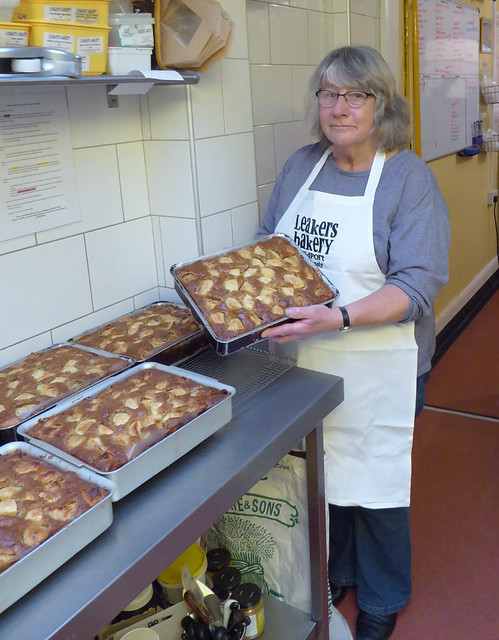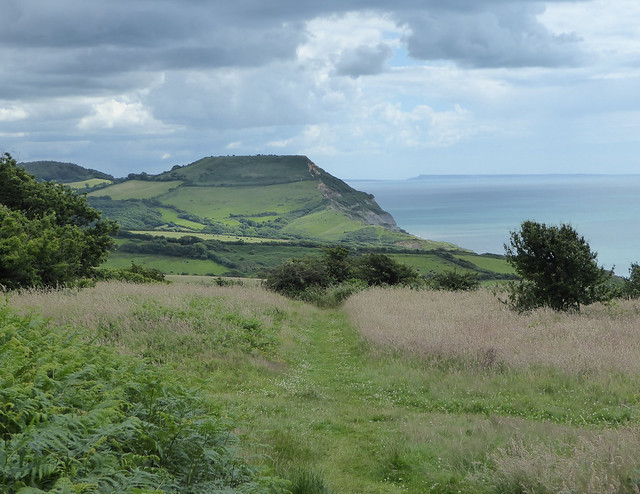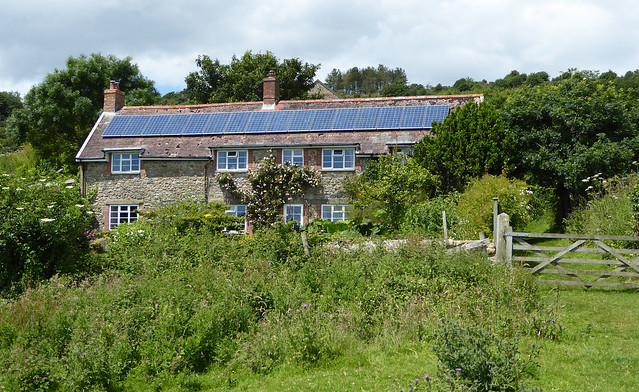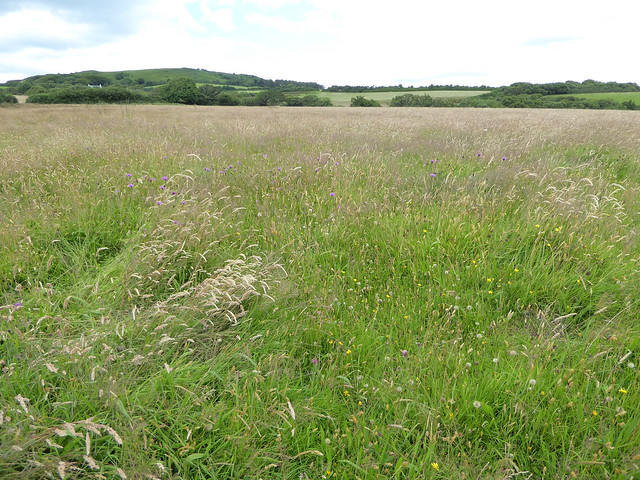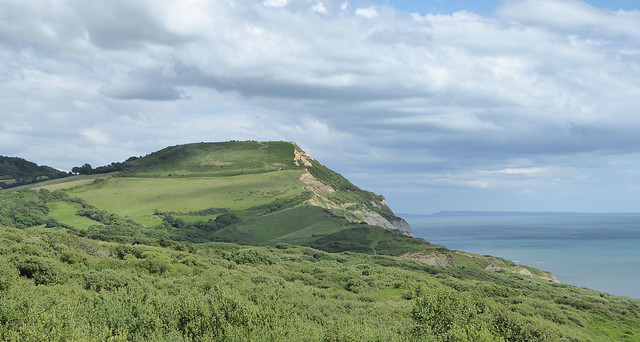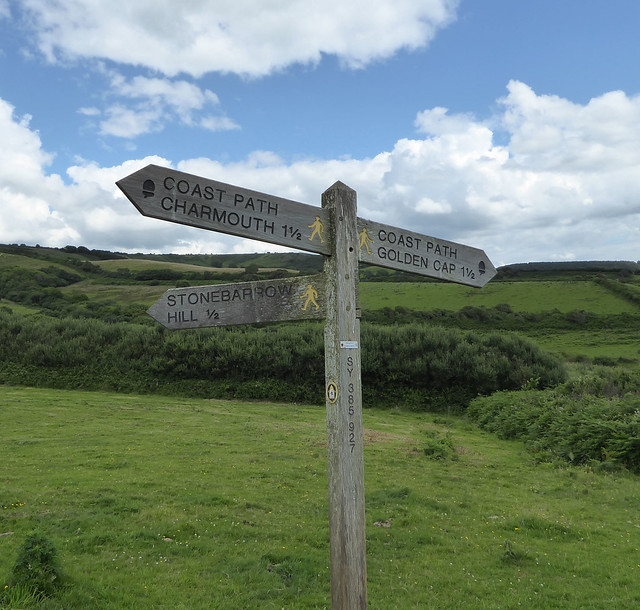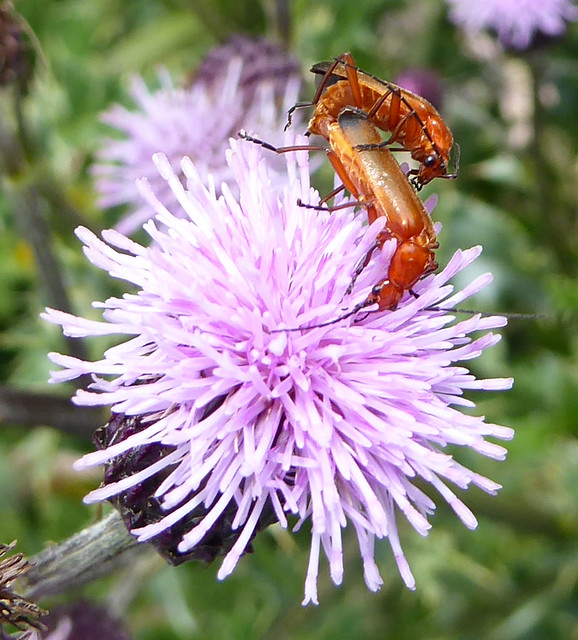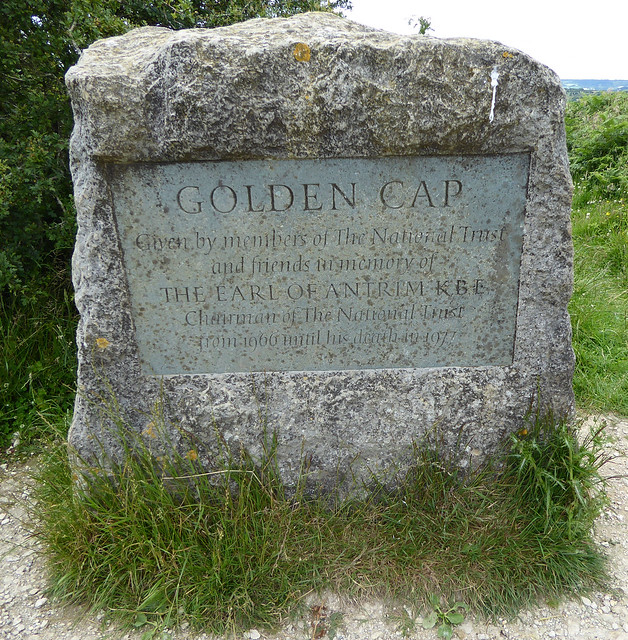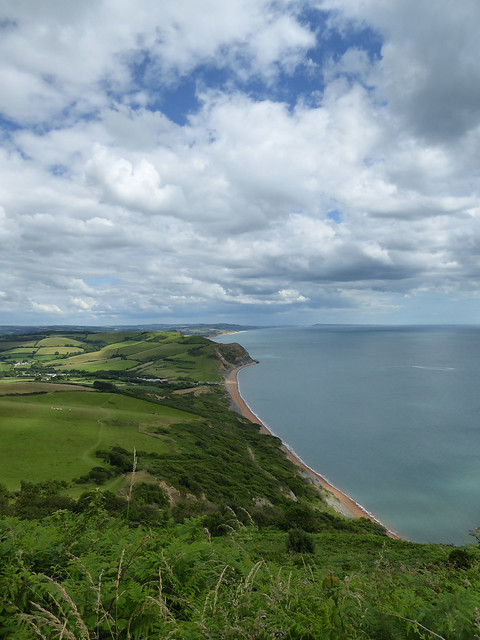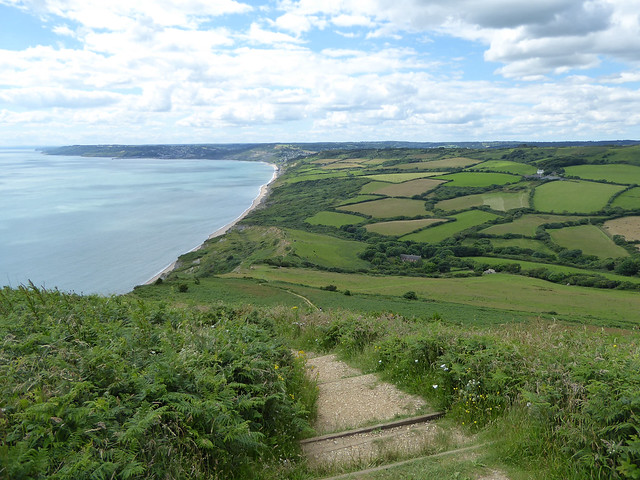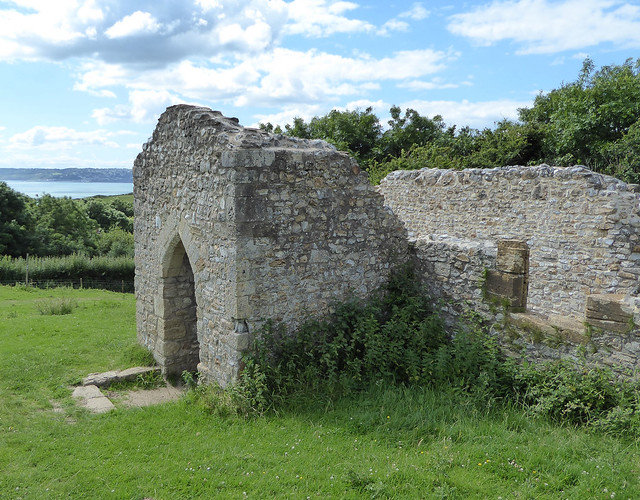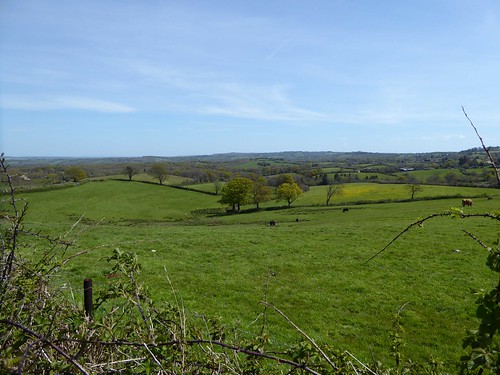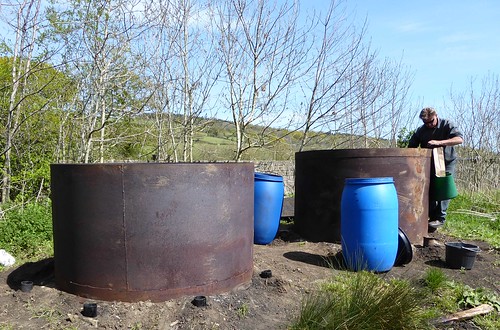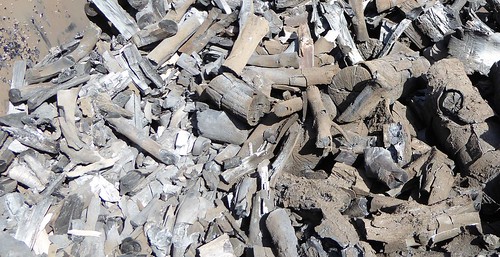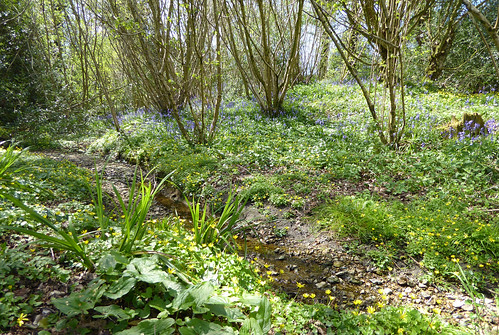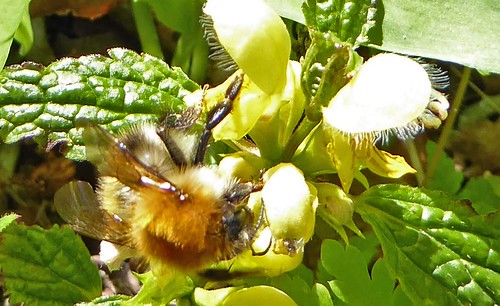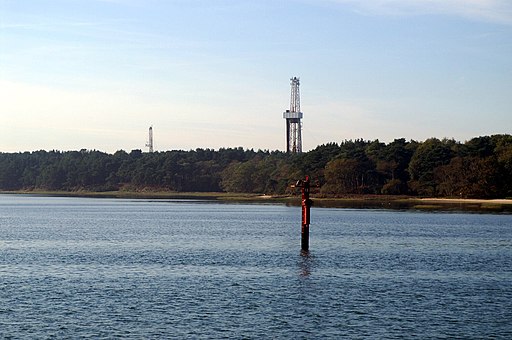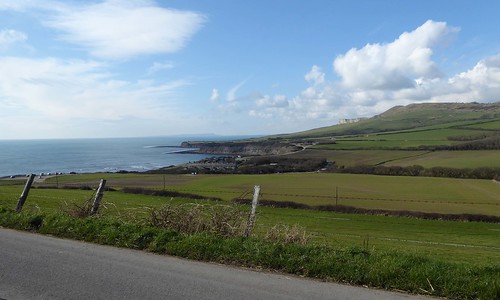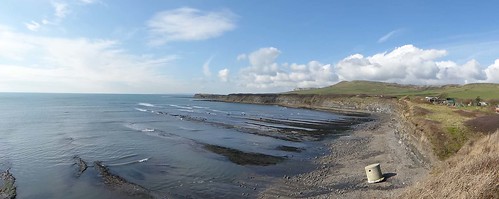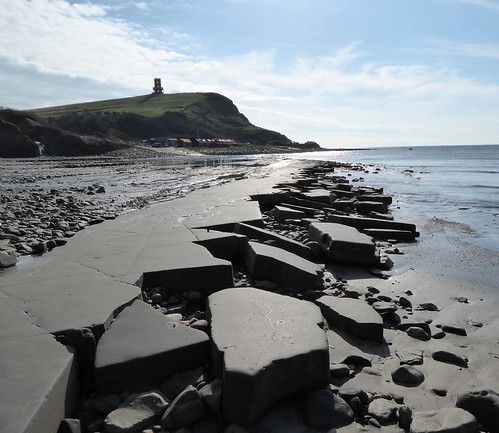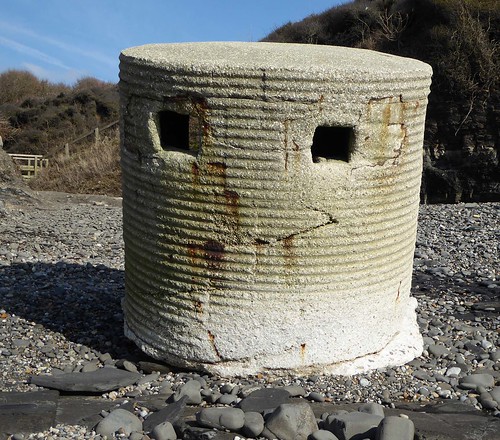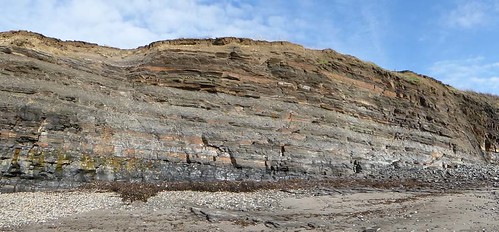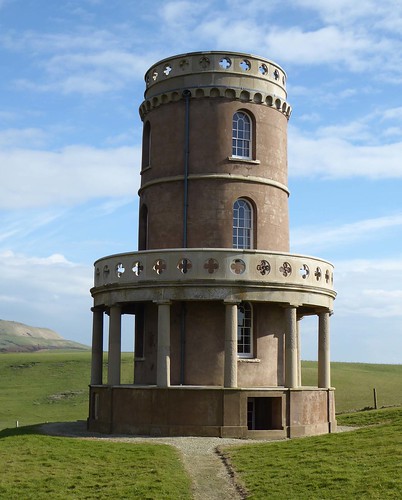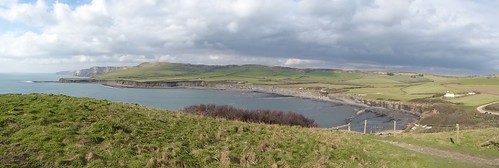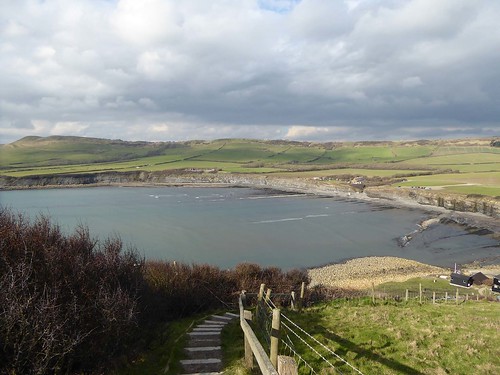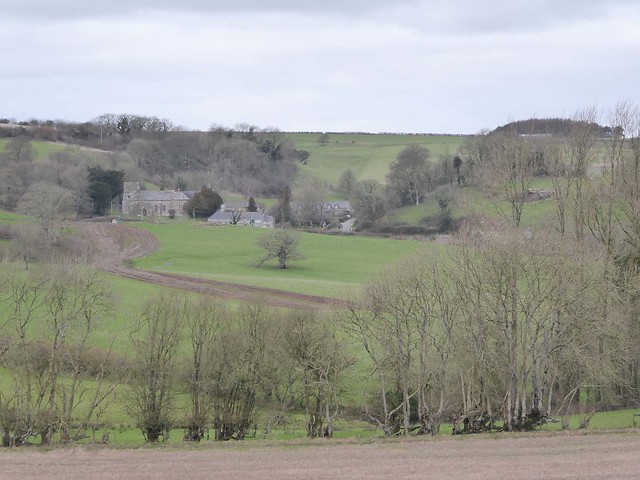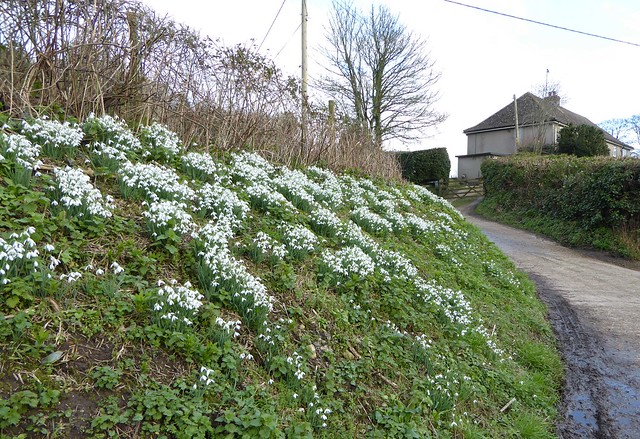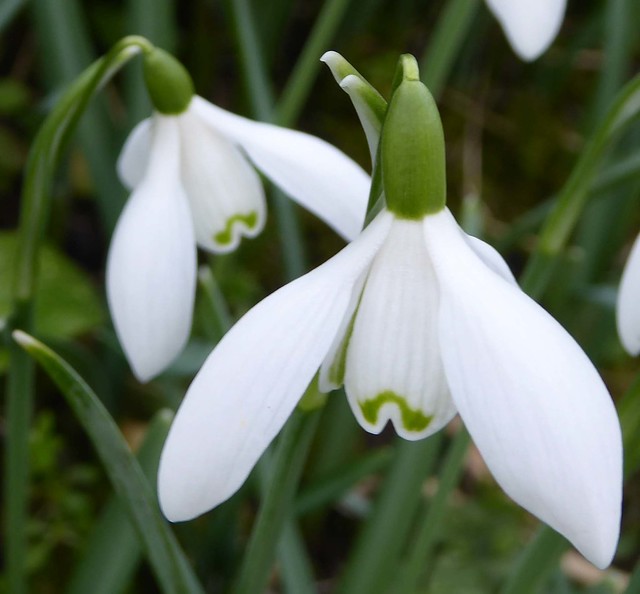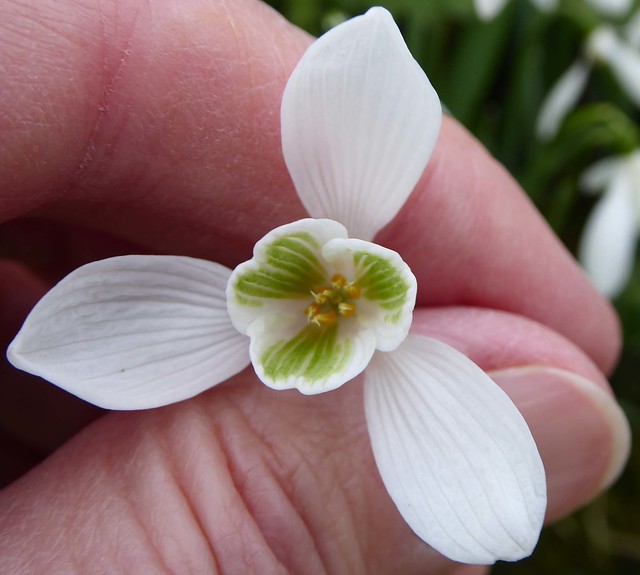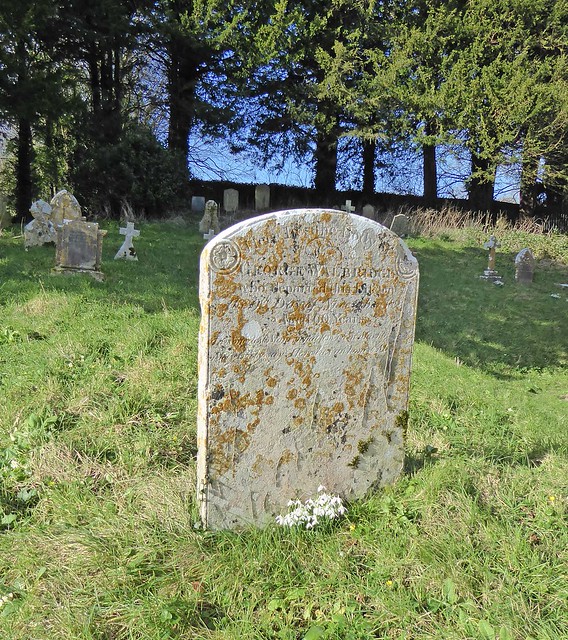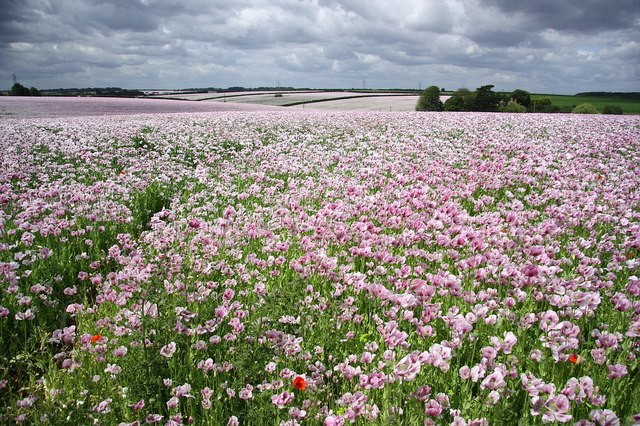Mature trees, richly planted borders, gently curving paths, a place to look and a space to think – the Seafront Gardens in Lyme Regis provide both an oasis of calm for humans and a safe haven for wildlife. Not only that, some of the town’s best views may be savoured from this green space. Looking ahead, the Cobb can be seen stretching its protective, rocky arm around the harbour whereas, across Lyme Bay, the west Dorset coast rises and falls like a gigantic wave sweeping eastwards over Stonebarrow and Golden Cap reaching, on a clear day, that louring sea monster that is the Isle of Portland.
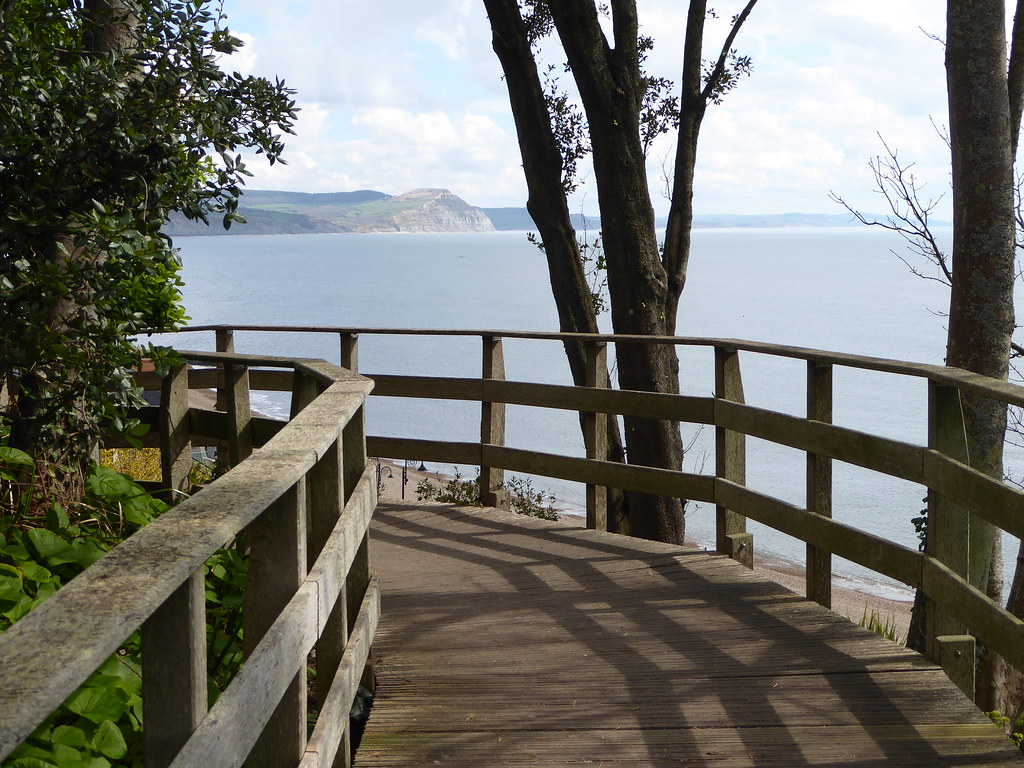
History of the Seafront Gardens
Just over a century ago, the Langmoor Gardens were opened to the public on the slopes above Marine Parade in Lyme Regis. The land was bought through a bequest to the town from Joseph Moly of Langmoor Manor, Charmouth and the gardens were named in honour of the donation. The slopes were known to be unstable and concrete buttresses had been built to prevent movement. Despite this, there were periodic slippages of mud on to Marine Parade and throughout the 20th century the Gardens continued to move causing distortion to paths and eventually rendering the lower part of the gardens unusable. In 1962, land to the west of these gardens suffered a catastrophic landslip following a misguided attempt at development and several houses were destroyed. This land was eventually taken over by the town becoming the Lister Gardens, named after Lord Lister of Lyme Regis, pioneer of antiseptic surgery. The Langmoor and Lister Gardens now form one large continuous public space above Marine Parade.
Rebuilding the Seafront Gardens
The Lyme Regis Environmental Improvements carried out early in the 21st century provided an opportunity to deal with the unstable geology of the Gardens. Between 2005 and 2007, major civil engineering works were carried out to stabilise the Langmoor and Lister Gardens which were completely remodelled. The new design included many planted areas and grassy spaces, gently curving paths that seem to reflect the convexity of the Cobb, and a woodland boardwalk with outstanding views across the harbour and bay. Facilities for mini-golf, putting and table tennis were also built.
Supporting wildlife was deemed important so before work started, bat nesting sites were sealed to prevent them returning, 2000 slow-worms were caught and rehoused and a 15cm barrier erected to prevent others entering. The gardens were replanted with salt tolerant, sub-tropical and rare plants as well as native species, taking account of the needs of bats, birds and insects. Now, a decade later, the Gardens have a mature look and nesting boxes for birds and bats are flourishing. Visitors love the open space and the new design was recognised with an important national award.
The Seafront Gardens in winter
Mid-winter is typically a low time when weather is poor, plants are dormant and wildlife scarce but when I visited the Gardens in December and January I found surprising activity. Flowering cherry trees at the rear of the Gardens were covered in frothy pink flowers and close by, two fragrant shrubs were also showing well: winter honeysuckle with its white trumpet flowers filled with yellow-tipped stamens; sweet box, covered with tiny white starburst flowers, dark green fleshy leaves and shiny black berries. As I was admiring the flowers, several bumblebees flew past, stopping briefly to feed from the cherry blossom.
On the terraced borders above Marine Parade, extensive banks of rosemary were covered in mauvish-purple flowers. These were proving very popular with bumblebees and even in mid-winter, I saw queens and workers foraging busily, collecting sugary nectar and protein-rich pollen from the flowers. The queens were large and furry with two prominent buff/yellow stripes and a grey or pale brown tail, the workers similar but smaller and more brightly coloured. These are buff-tailed bumblebees and their relationship with the flowers is far from one-sided. The flowers consist of two petals enclosing pollen-loaded anthers that beckon seductively at passing insects. The lower petals contain darker markings highly visible to bees helping to draw them in. Each bee that feeds collects additionally a dusting of pollen from the overhanging anthers which they transfer to the next flower they visit ensuring cross fertilisation.
But shouldn’t bumblebees be hibernating at this time of year? That’s what all the books say, but the presence of worker bumblebees collecting pollen suggests that somewhere in the Gardens or nearby there are active nests. Winter active colonies of buff-tailed bumblebees have also been described in South Devon and in Cornwall as well as other locations in the southern half of the UK. It isn’t clear why this is happening but perhaps these bees are taking advantage of the British penchant for planting winter-flowering plants and shrubs. The Langmoor and Lister Gardens with their huge banks of flowering rosemary provide this winter forage for the west Dorset bumblebees.
Support your local bumblebees and they will support you.
Although buff-tailed bumblebees seem to be doing well in west Dorset, many other species of bumblebee in the UK have declined over the past 50 years. This is bad news because these insects are important pollinators of fruit trees, vegetables and flowers. The decline is largely a result of the agricultural intensification that has changed the look of our countryside leading to the loss of bee habitat, loss of wild flower forage and the use of pesticides.
We can’t reverse this intensification, but we can all help bumblebees by planting flowers in our gardens and by never using insecticides. It’s important to choose a range of flowers that provide food for bees throughout the season: the University of Sussex has a useful guide to bee-friendly flowers. If we provide flowers, the bumblebees and other kinds of bee will return the compliment, visiting our gardens, pollinating our fruits and vegetables and improving their quantity and quality.
When I returned to the Gardens in early April, I found the rosemary still flowering profusely, showing what an important source of insect food it is. Other plants were also starting to contribute to the forage, and spring insect species were emerging such as the beautiful early bumblebee and red-tailed bumblebee and the grey-patched mining bee.

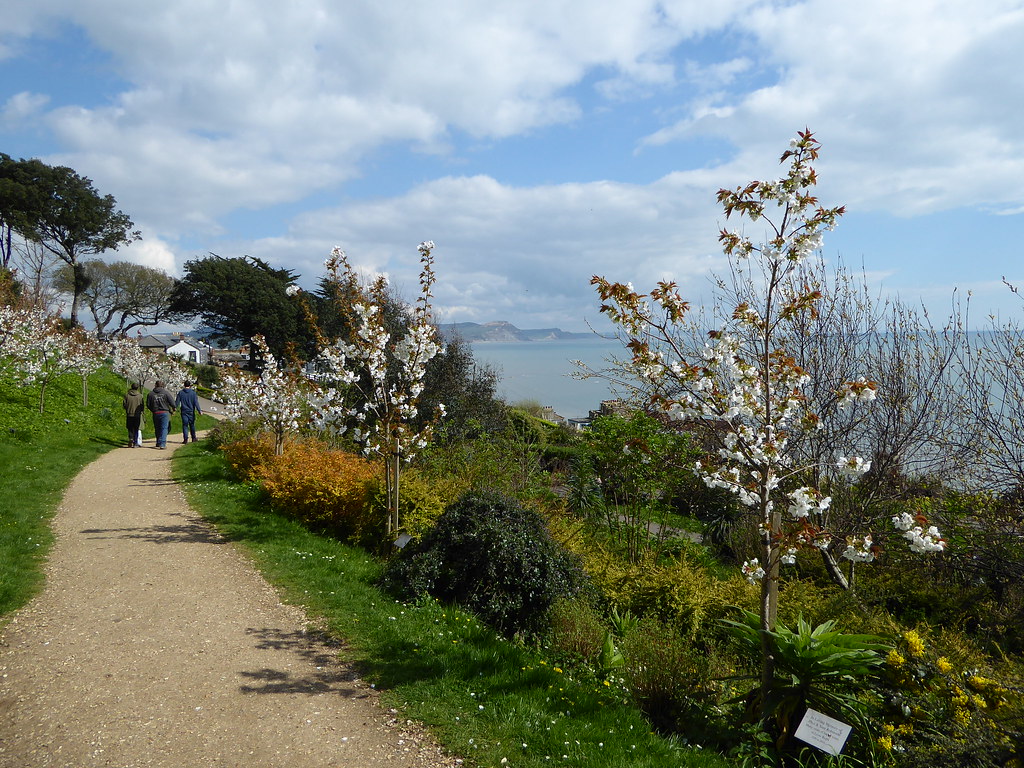

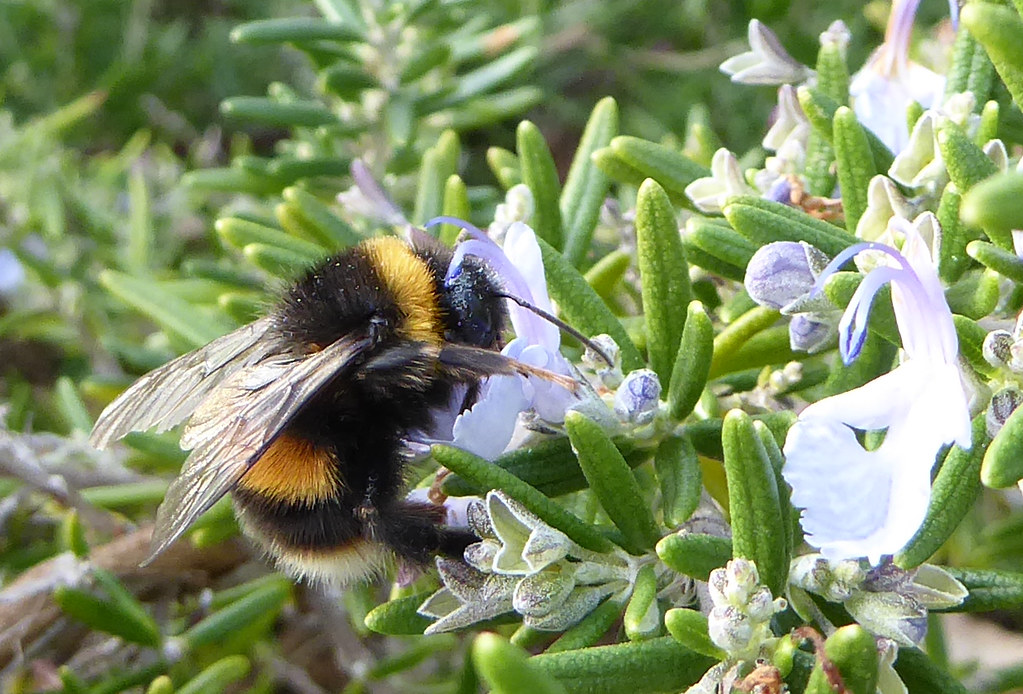
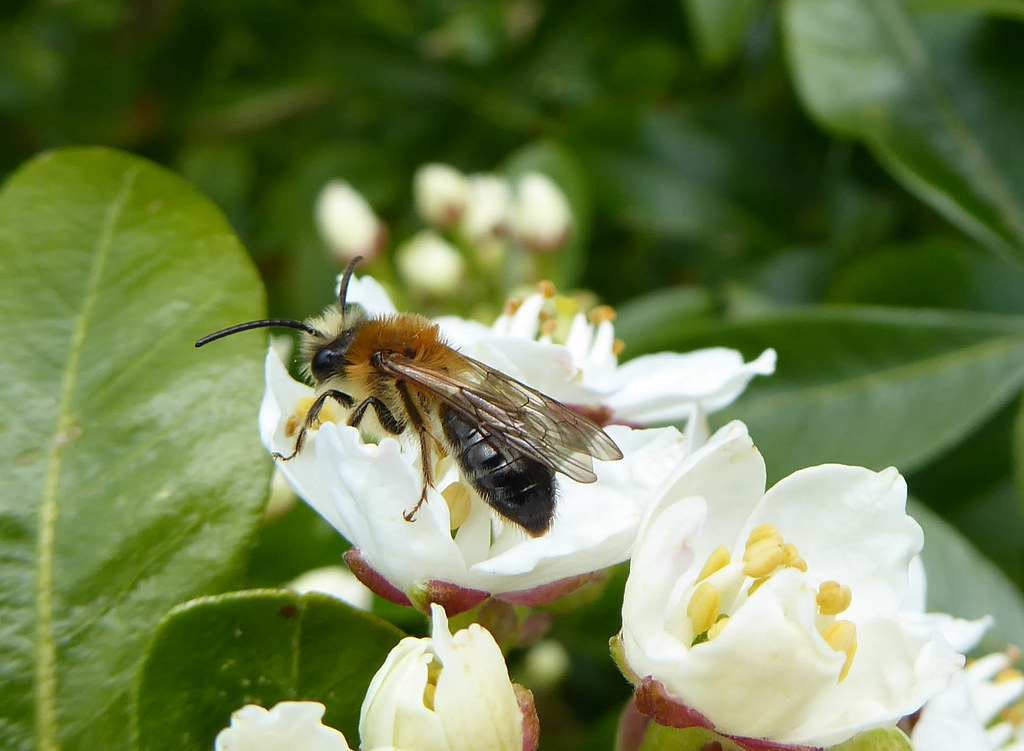
This article appeared in the May 2017 edition of the Marshwood Vale Magazine.



